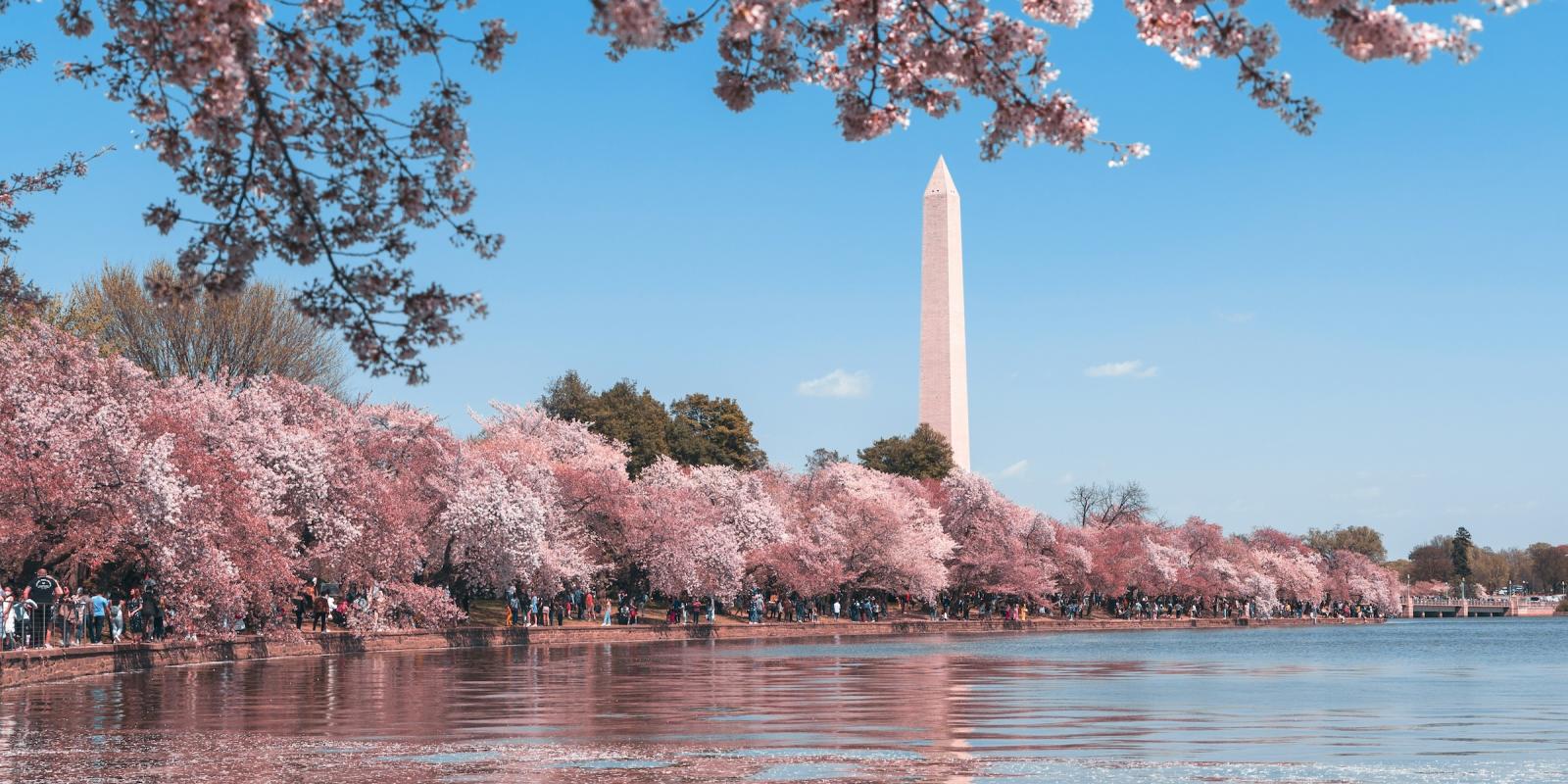Women’s fashion is a complicated subject, but one doesn’t usually think of it as deadly. However, the fatal dance between health and beauty was a reality for Washington women in the 19th century.
The “corset problem,” or the “corset question” as it was called in the press, was the phenomenon of tightly lacing corsets to constrict the waistline to about 16 inches and sometimes even as small as 13 inches; basically, the smaller the better. These miniscule waists, also called “wasp waists,” were in style in the first half of the 1800s, reaching their peak in the 1840’s and 1850’s. Starting in the latter half of the century, the style began its descent and area newspapers began to debate the practice.
